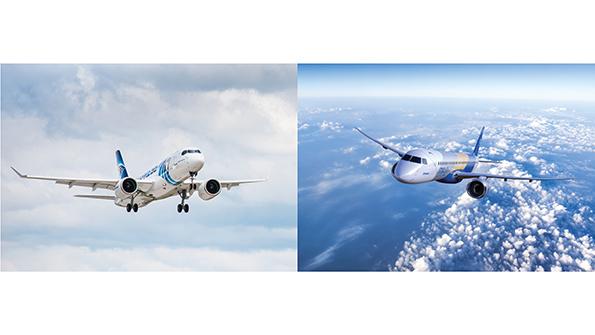
Ask the Editors: The Aviation Week Network invites our readers to submit questions to our editors and analysts. We’ll answer them, and if we can’t we’ll reach out to our wide network of experts for advice.
How do you see the competition between the Airbus A220 against the Embraer E2 in a post-COVID-19 market?
Jens Flottau, Aviation Week’s Executive Editor, Commercial, responds:
Competition between the A220 and E2 is limited. In terms of size, the -100 version of the A220 sits somewhere between the 190-E2 and the 195-E2, depending on the cabin layout. With a maximum takeoff weight of 63 tons, however, the A220-100 is heavier than the 190-E2 (56.4 tons) and 195-E2 (61 tons) and offers a lot more range: 3,400 nm versus 2,800 nm for the 190-E2, and 2,600 nm for the 195-E2. So the A220 and E2 really address different market segments.
Most of the A220 orders are for the larger -300 version, which addresses long, thin routes. Airlines pay a cost penalty when they use it on shorter routes. Airbus is working on versions of the aircraft that would extend its range to around 4,000 nm, allow airlines to fly it across the Atlantic Ocean or deep into Latin America from the U.S. The A220 could also be stretched further to enter the market space covered by the Boeing 737-7 and -8.
It is true that some airlines are operating the A220 even though they do not need its range. In some cases, Airbus bundles A220s with sales of other models, such as the A320neo. That is why Embraer had hoped its recently scuttled tie-up with Boeing would have allowed the E2 to be offered as part of a broader portfolio.
A key element in future competition will be Embraer’s approach to pricing. The company so far has stuck with premium pricing compared with the E1 family, but that approach has not worked well in winning orders. Another challenge is bringing down supplier costs so that the E2 can still make decent profit margins despite lower volumes. The A220 has the same challenge but holds one key advantage: It is backed by a huge owner that has more leverage to make the program profitable.





